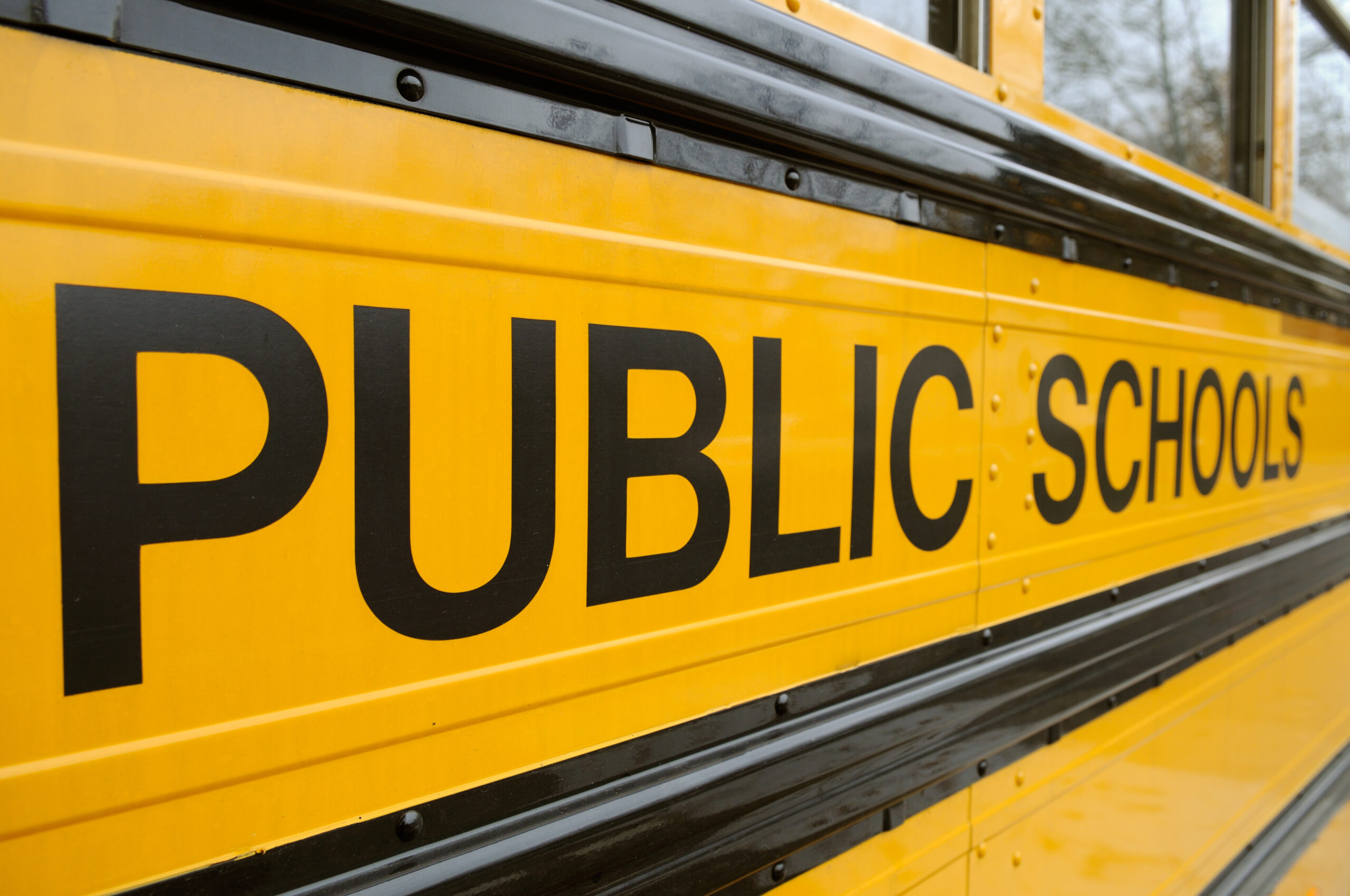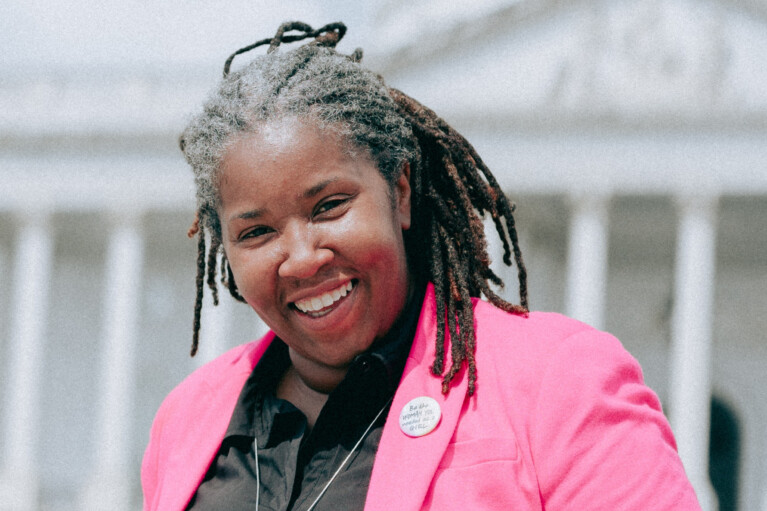
By Dr. David Hornbeck
The writer, a lifelong educator, is the founder of Strong Schools Maryland who has served as Maryland’s state superintendent of schools, Philadelphia’s schools superintendent, and Pennsylvania’s executive deputy secretary of Education.
As the founder of Strong Schools Maryland, no one is a stronger supporter of the Blueprint for Maryland’s Future than I. It’s the best education legislation in the country in the last half century. But it reflects a glaring omission. It does not explicitly deal with school culture. It is an example of outstanding strategies. They include:
- PreKindergarten for both 3 and 4 year olds.
- Significant tutoring for struggling students.
- More pay for teachers, a career ladder and greater emphasis on the professional status of teaching.
- Recognition that all poverty is not the same by creating a strong concentration of poverty factor and entitling all schools with 55% or more low-income students to be Community Schools with greater resources.
- Higher standards for graduation.
- Opportunities in the last two years of high school for academic acceleration, including a two year college degree and/or standards of excellence in career tech areas that can lead to industry recognized certification.
- And so much more, including historically unprecedented emphases on equity and systemic change.
Extraordinary!
HOWEVER, as the legendary management expert Peter Drucker observed, “Culture eats strategy for breakfast!” Poor culture breeds failure; good culture in an institution results in much greater success. That’s not just true of schools. It’s true of businesses, law firms, churches, government, even families…all institutions. Without a change in culture, the promise of the Blueprint will fall short.
So what is the status of culture in Maryland schools? As always, look to the evidence:
- There were 56,000 suspensions last year in Maryland: 60% of those were of Black students; 27% were students with disabilities. We feed the School to Prison Pipeline.
- 197,000 students were chronically absent last year. That’s nearly a quarter of all students. A big reason — they don’t want to be in a place where they don’t feel safe, where they feel disrespected; where their voices are not heard.
- 14% of our new teachers leave before the end of their third year, many more before the end of their seventh. As with students, many teachers simply don’t want to be in schools where disruption makes classroom management a major issue and where they, too, are not heard and respected.
- One third of our middle and high schoolers report mental health challenges annually, a major issue before the pandemic, much worse now.
- All these elements of poor school culture impact Black and Brown students disproportionally. Thus, only 34% of Black students, for example, are proficient in English/Language Arts while 60% of white students are. In math, 14% of Black students are proficient compared to 40% of white students.
Such numbers are unacceptable, and the Blueprint will not be nearly as effective in changing them if we don’t change school culture at the same time.
Fortunately, there is a research-based solution that will change school culture dramatically. It is called restorative practices. House Bill 1257, sponsored by Del. Cheryl Pasteur (D-Baltimore County) and now under consideration in the Ways and Means Committee, and Senate Bill 917, sponsored by Sen. Benjamin T. Brooks (D-Baltimore County) and up for a hearing Wednesday in the Education, Energy and Environment Committee, provide the policy base to make the changes. These two bills call for all Maryland schools to become Restorative Schools over the next 12 years, phased in parallel with the Blueprint.
A Restorative School builds community and fosters positive relationships. It is a safer school. It is one that practices and celebrates racial justice, where interactions, decisions and instruction are done with equity as a compelling priority. Staff and students value one another, listen to one another. A Restorative School is one in which the principal and the leadership team model restorative behavior.
HB 1257 and SB 917 call for three essential things:
- The bills establish the Restorative School as an essential characteristic of a successful school as a matter of state policy. The Maryland State Department of Education is charged with developing a comprehensive plan in consultation with stakeholders to bring Restorative Schools to scale over 12 years.
- They call for a restorative coach in each Restorative School. A restorative coach’s primary responsibility is to work with all other staff in understanding and building the tools, mind-set, the way of life that a Restorative School reflects.
- The bills call for the requisite training. As each school begins its transformation, ALL staff…the principal, the teachers, the bus drivers, the cafeteria workers would ALL receive at least two days of training. Refresher training would occur annually.
Changing culture is hard. It does not occur overnight. It requires persistence and perseverance. But it’s an absolute prerequisite to achieving the goals of the Blueprint; indeed, it is crucial to making Maryland the kind of place where we all can thrive and, as Gov. Wes Moore has called for, no one is left behind .




 Creative Commons Attribution
Creative Commons Attribution